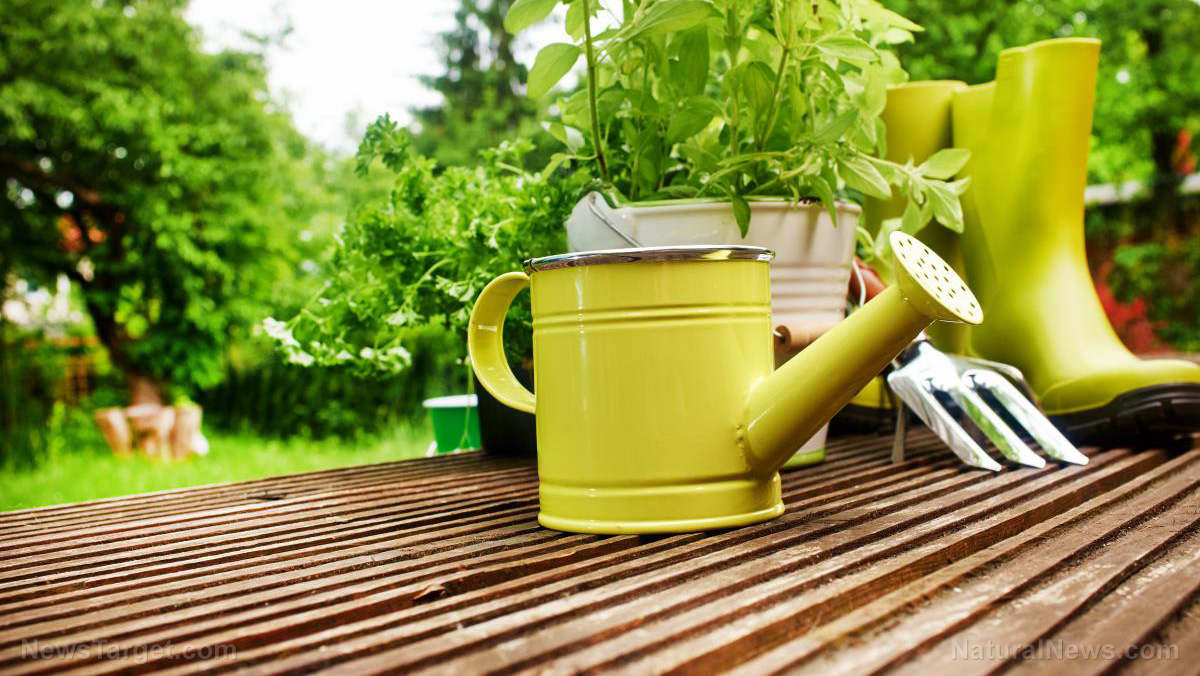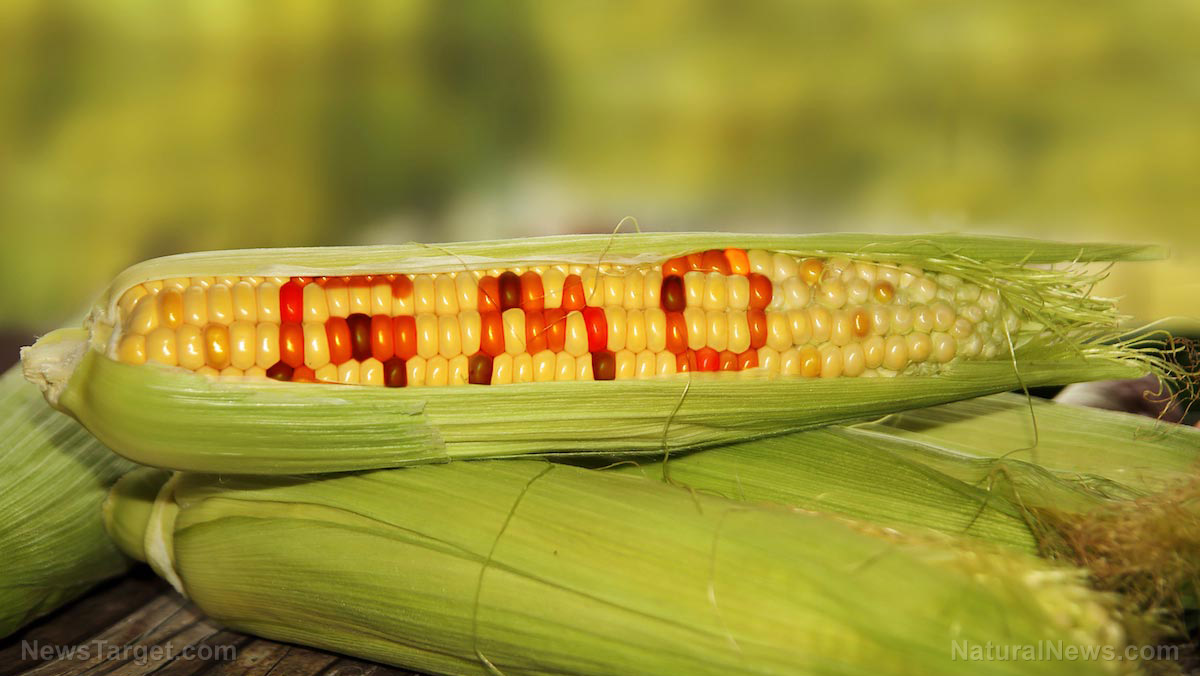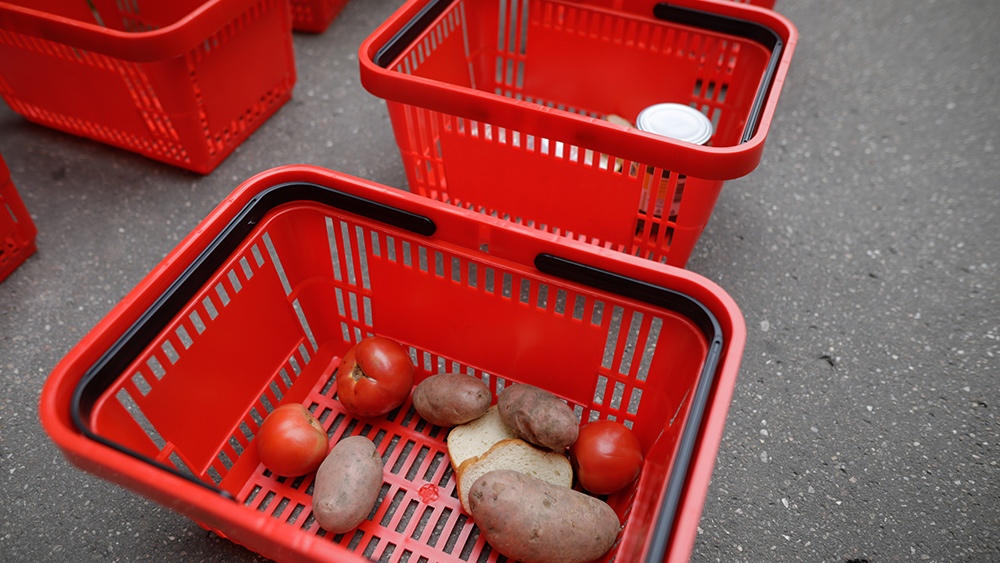
- Using raised beds -- According to the article, the first step to optimizing crop growth is building and amending the soil. The article suggests raising garden beds in limited spaces. The article also notes that raised beds yield four times more crops compared with gardens that are planted in rows. Likewise, raised garden beds are known to save gardeners valuable time in maintaining the crops.
- Modifying the beds -- The article also discusses that the shapes of the beds may affect the entire garden space. The entry recommends gently rounding out the beds' edges to form an arc. This not only saves space but also provides gardeners an extra area for planting.
- Spacing the plants -- The entry discourages planting the crops in squares or rows. Instead, it recommends planting the crops in triangles in order to cultivate 10 to 14 percent more plants in each bed.
- Growing vertically -- It is also advisable to cultivate vining plants that can grow upwards with the support of trellises, fences, cages, or stakes. These varieties include tomatoes, pole beans, and peas as well as squash, melons, and cukes.
- Inter-planting crops -- Another way of saving space is inter-planting crops that are compatible with each other. The classic Native American combination of corn, beans, and squash is the perfect example of compatible inter-planting. The corn provides support for the beans, while the squash remains on the ground and prevents weed growth.
- Opting for succession -- Succession planting helps gardeners optimize the limited space they have. For instance, an early-harvest crop can be succeeded by another fast-maturing vegetable.
- Extending the season -- According to the article, adding a few extra weeks to the end of each planting season may provide gardeners with enough time to prepare for another batch of crops to be planted.
Food gardening becoming more popular
Food gardening has hit an all-time high in recent years as people are becoming more aware of its many benefits, according to a report by the National Gardening Association. The report has indicated an increased popularity in food gardening, with 42 million Americans growing their own vegetable gardens in 2013. This equates to 35 percent of all households in the U.S. and marks a 17 percent increase since 2008.
The report has also noted that millennials have shown an increased interest in food gardening as 13 million of them have grown one in 2013. Likewise, food gardening has also steadily picked up steam among city dwellers. According to the report, up to nine million urban dwellers grew their food gardens in 2013, which was a 29 percent increase from only seven million in 2008.
The continuously increasing popularity of food gardens across the country demonstrates that people have already found ways to work around previously challenging variables such as location and tight spaces. (Related: 7 tips for creating a successful organic vegetable garden almost anywhere.)
Sources include:
Please contact us for more information.























